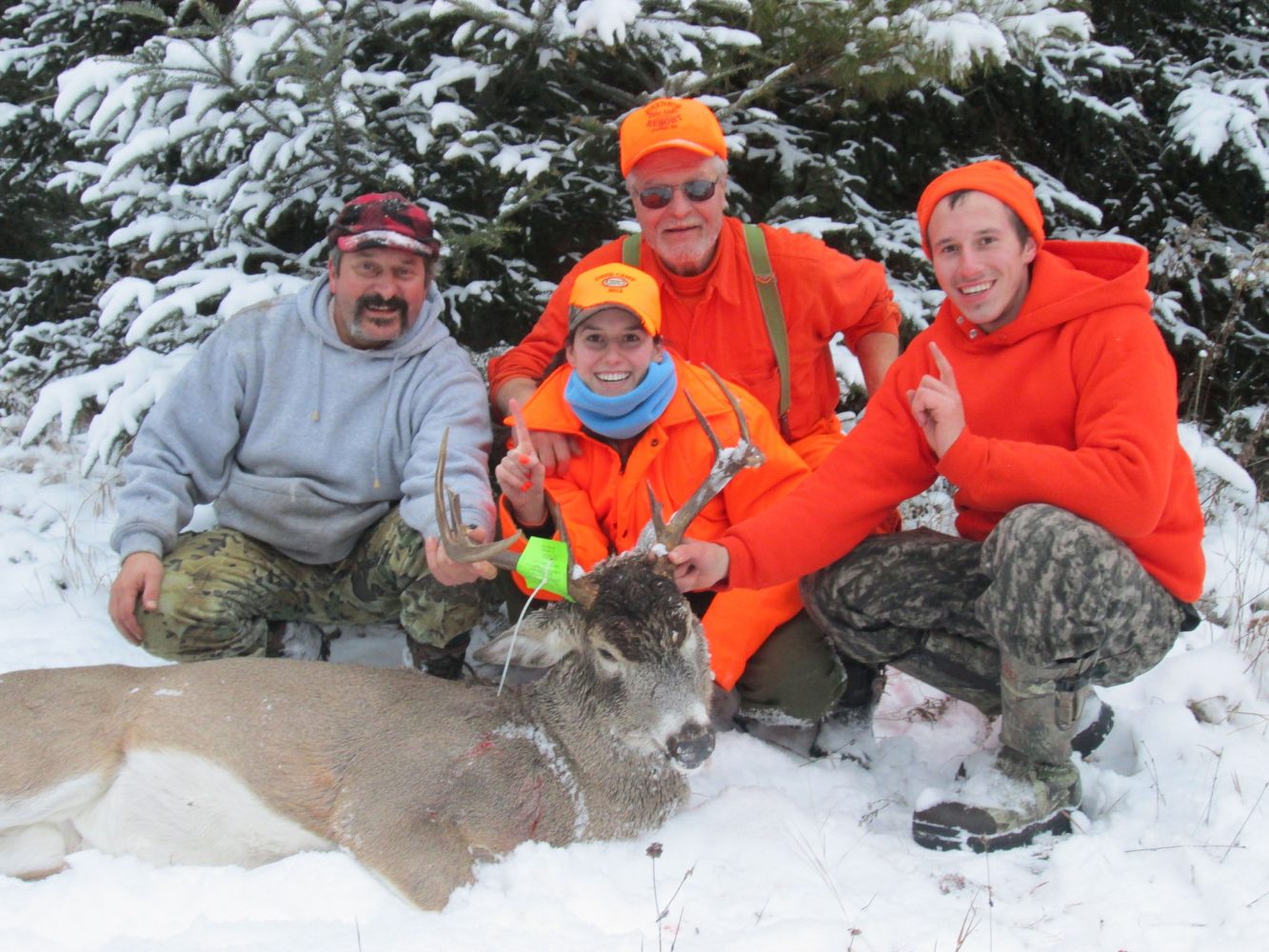Hauling in the big ones in Texas

By Roger Sabota
Special to the Star Journal
It’s February and we are enjoying some time on the Gulf Coast of Texas. We are with our usual traveling companions, Tom Twesme, (The Osseo Jinx) and his wife, Rosemary. This year Tom and I decided to try fishing for black drum. They are truly a trophy fish and fight hard when hooked. Since this is a new experience for us we have asked a lot of questions and searched out some information which we thought our readers might find interesting.
 We are fishing along the shipping channel at Port Aransas, Texas. Black drum are found along the jetties in the gulf and some channels. In Texas they may be found in shallow water and water as deep as 100 feet. They can be found along the Atlantic coast from New York south through the gulf states to Mexico but they seem to be most abundant in Texas. This is the time of year when they gather in schools before spawning in February and March.
We are fishing along the shipping channel at Port Aransas, Texas. Black drum are found along the jetties in the gulf and some channels. In Texas they may be found in shallow water and water as deep as 100 feet. They can be found along the Atlantic coast from New York south through the gulf states to Mexico but they seem to be most abundant in Texas. This is the time of year when they gather in schools before spawning in February and March.
Black drum normally feed on crabs and small fish, worms, algae and mollusks. They are rarely caught on artificial bait because most of their feeding is done by feel or smell. Therefore we have been using the technique recommended by local successful black drum fishermen.
They normally dig out buried mollusks on the bottom so they feed in a head down position.
We used live sea lice for bait with a heavy weight attached. The bait is cast out into the channel as far as possible then the rod is set in an opening in the walkway along the channel and then we WAIT!
The fishermen who are lined up along the channel watch the tip of their rod. When it twitches we have to have patience as the big fish mouths the bait, as it would its natural food, before actually grabbing it. Anglers have to wait until the fish move off with the bait then jerk to set the hook. Once that happens the job of reeling it in begins. These are powerful fish so depending on the size of the fish it can take a while to land it.
“The Jinx” landed a 35-inch black drum the other day. I’m still waiting. When they are brought up on shore they produce a drumming sound with their air bladder, which accounts for their name. The information we have found says that the drumming sound is the way that these fish communicate with others of the same species. According to those who have fished these fish longer than we have most of those caught weigh between 30 and 40 pounds. Those that weigh over 30 pounds are called bull drum.
We haven’t found many fishermen who are keeping the drum. All of those we have seen caught have been catch and release. The fun is in the catching. Some say that the smaller ones are good eating but anglers are encouraged to release them back into the water.
Some information that I found interesting is that in the first year the black drum will be about six inches long. In the second year they will be about 12 inches, in the third year 16 inches and after that grow about two inches a year.
- Back home in Wisconsin the Natural Resources Board will issue 12,850 kill tags for bear. The 2017 harvest quota will be 5,000. In 2016 the harvest quota was 4,750 which is 1,330 less than will be issued this year. In 2016 there were 4,693 bears harvested which was the second highest in state history. There was a 39 percent success rate in 2016. Hopefully many of those bear hunters who have been waiting for a permit for a bear will finally receive one.
- Each year as we close the books on another deer season the comments from deer hunters are, “What are the predictions for next year?” Part of the answers given by the DNR personnel is that the health of the deer herd is dependent on the severity of the winter.
- This has really been an unusual winter when one looks at the weather we have experienced. Early in December we had a nice blanket of snow across northern Wisconsin followed by rain. According to reports we are receiving there is hardly any snow cover in the Rhinelander area.
According to the severity index, which has previously been discussed in this space our winter has been very mild which should result in a healthy deer herd and therefore a healthy crop of fawns. But, as we all know, winter isn’t over yet! - Anglers all over Wisconsin are being urged to remove their ice shacks from lakes. In some places vehicles have broken through the ice. Extreme caution should be used when venturing onto the ice. For our family the deteriorating ice led to the loss this week of our daughter’s beloved Labrador retriever, Cocoa. Being a lab he loved open water, birds and was enticed by spring smells. He will be missed by all of our family!
Longtime Northwoods outdoor enthusiast Roger Sabota writes a bi-monthly column for the Star Journal.
Leave a reply
You must be logged in to post a comment.




